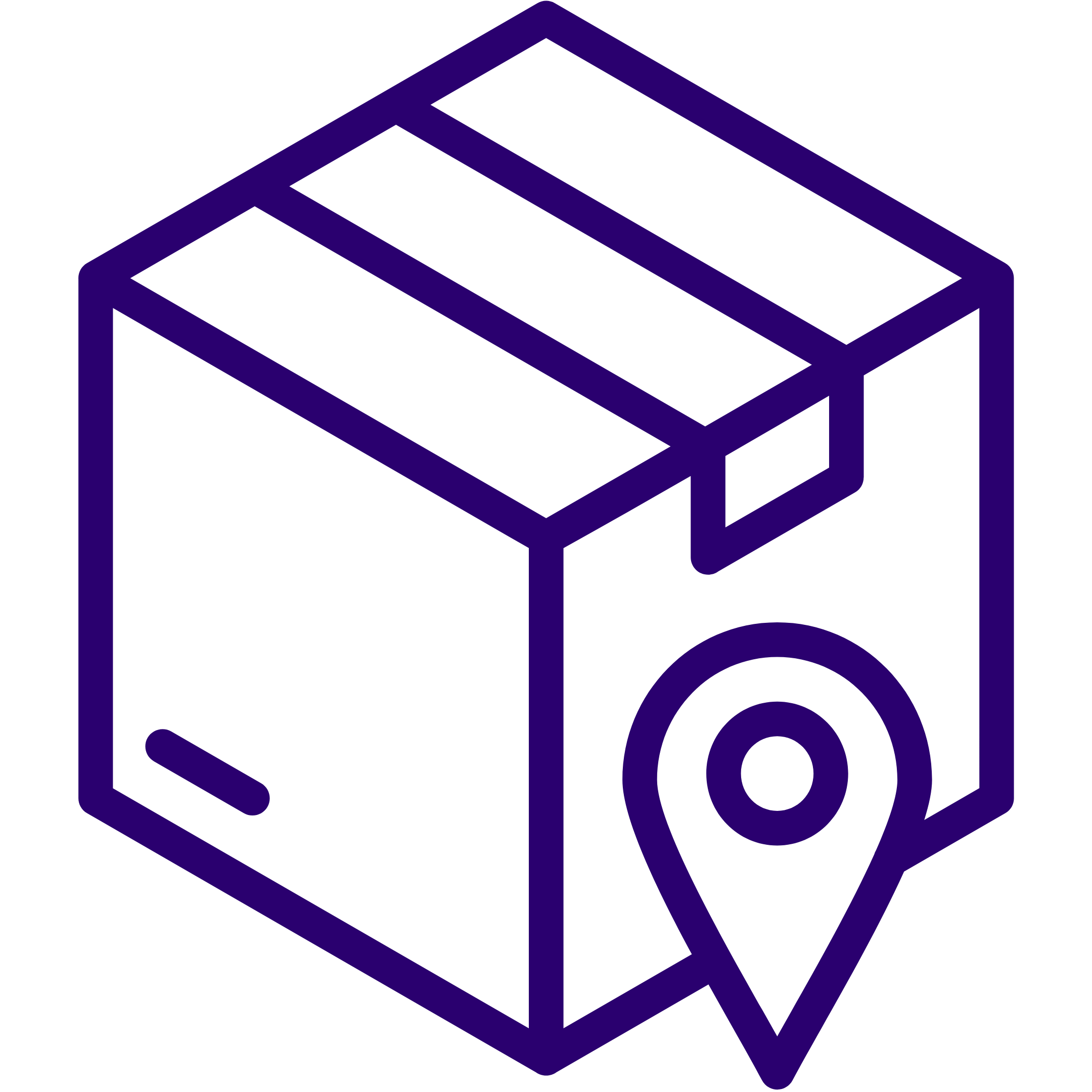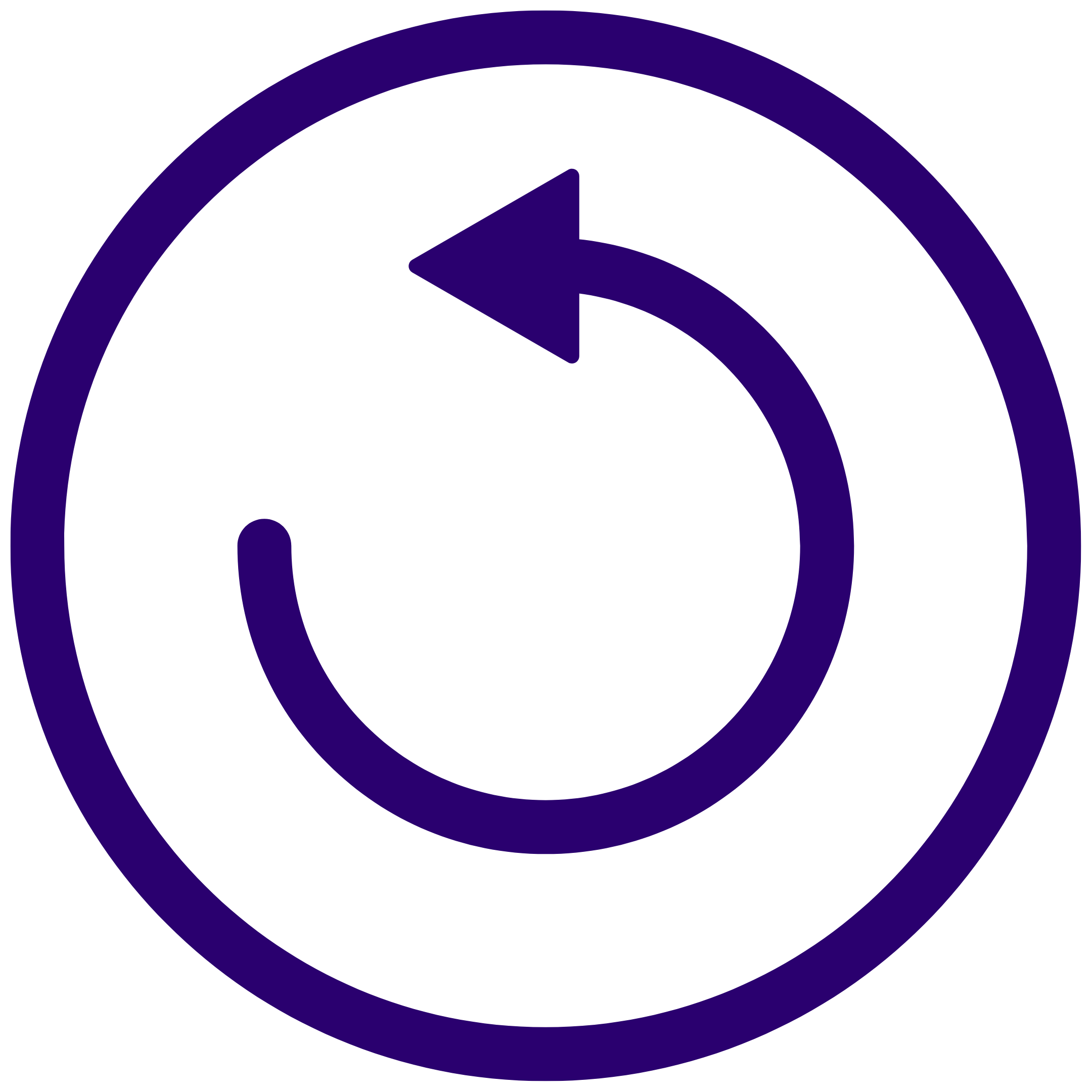CPAP Mask Fit Guide
Nasal CPAP Masks
Nasal CPAP masks have a minimal design and cover the least amount of your face. Measure your nose size from top to bottom and side to side
| Size | Height of Your Nose | Width of Your Nose |
|---|---|---|
| Petite | 1.5" Tall | 1.5" Wide |
| Small | 1.75" Tall | 1.5" Wide |
| Medium-Small | 2" Tall | 1.5" Wide |
| Medium-Wide | 1.75" Tall | 2" Wide |
| Medium | 2" Tall | 1.75" Wide |
| Large | 2.25" Tall | 2" Wide |
| Standard | 1.75" Tall | 1.75" Wide |
Full Face Masks
Counterintuitively, full face CPAP masks are ideal for people who feel claustrophobic with a mask. Measure straight down from the middle of your pupil to just below the lower lip. It may help to imagine a horizontal line extended from your lower lip to beneath your eye, so that you can measure straight down from your pupil. Measure the width of your mouth in a natural position. (i.e. not smiling). Make sure top fits at bridge of nose, and bottom covers mouth completely.
| Size | Height of Your Nose | Width of Your Nose |
|---|---|---|
| Small | 3.25" Tall | 2.75" Wide |
| Medium | 3.5" Tall | 3.25" Wide |
| Large | 4.25" Tall | 3.25" |
(NOTE: individual mask styles may vary, these sizes are a guideline)
About CPAP Mask Sizes:
During that critical time in CPAP therapy when you are becoming accustomed to improved breathing while you sleep with a CPAP machine, one of the most important things to get right is the fit with your mask. It could make the difference between continuing treatment and suffering through sleep apnea. The fact is, there are several types of masks for several different types of breathers and everyone takes to treatment differently.
Helpful Tips for a Proper Fitting CPAP Mask
- Remember your options
There are varied mask types and the best way to find the right one is to literally try them on. The full face mask covers your mouth and nose. This type of mask is good for those who tend to breathe through the nose or mouth. The nasal mask covers just the nose and though it is smaller and a little less invasive, a chinstrap may be necessary with this mask. The nasal pillows sit just below the nostrils and are the least invasive mask.
- Eliminate Mask Leaks
These leaks occur when air that is being supplied from the CPAP machine is able to escape from the mask. If this is the case, there is no way to benefit from treatment because the machine cannot properly supply you with air at the right pressure for you.
- Put your CPAP mask on before starting the machine
This will prevent the mask and tubing from becoming misshapen and creating the leak you are trying to avoid.
- Losen the headgear and slowly tighten the straps
- This helps ensure your mask is not too tight or too lose.
- Use a mirror to apply your mask
This will help you properly put your mask on until you know how it feels when it is worn correctly. Because each mask is made to fit a certain way, make sure to follow the manufacturer's guidelines when applying your CPAP mask. The sequence they provide is important.
- Remember, the mask does not always fit on your first try.
It may take you some time to feel comfortable wearing your mask and making sure there aren't any leaks. If you find that you need a different mask, you can take advantage of our 30-Day Mask Guarantee.
- For first time CPAP mask users:
If this is your first CPAP mask, we suggest purchasing a mask that includes multiple sizes. These are often called Fit Packs and include all the mask sizes in one package so you can try and fit yourself to the appropriate size and know which parts to order when it's time for replacements.





